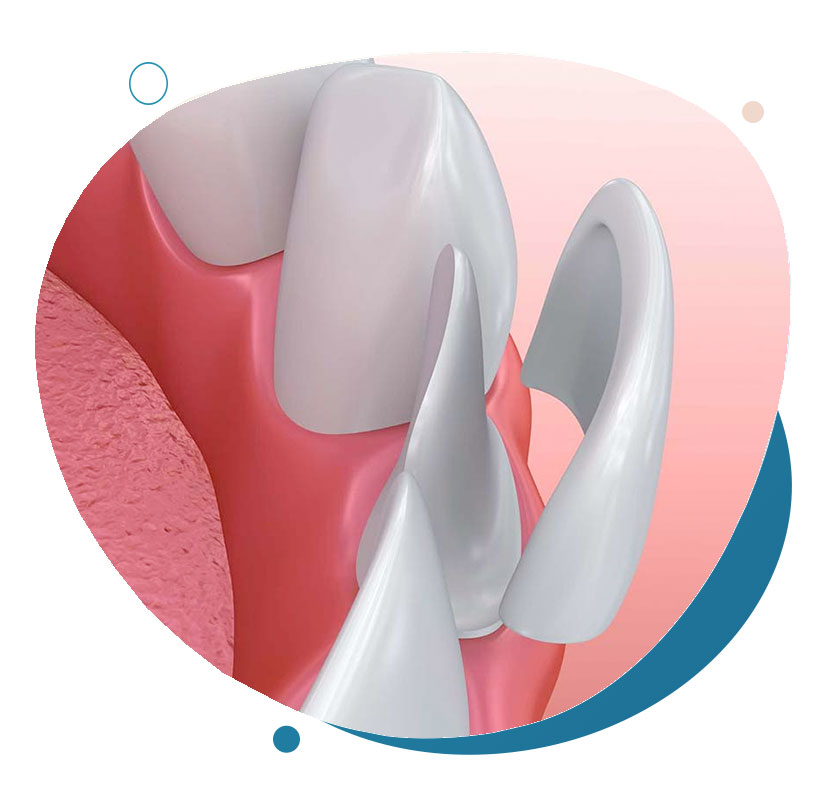
Dental White Fillings
A dental white filling is a type of restorative dentistry treatment used to repair minimal tooth fractures, tooth decay or otherwise damaged surfaces of the teeth. Dental White Fillings materials, which include composite, porcelain and silver amalgam, may be used to even tooth surfaces for better biting or chewing.
Enamel loss is a common component of tooth decay, and may result in tooth sensitivity. In many cases, tooth sensitivity caused by enamel loss will be significantly improved or completely eliminated once an appropriate dental filling material is placed.

Dental White Fillings: The procedure
During preventive dental hygiene checkups, or dental emergency visits prompted by a toothache, your dentist evaluates your teeth, gums and supporting bone structure. He identifies the tooth affected by decay or damage, and then prepares the tooth in order to restore the damaged area. The decay or damage is removed with a dental tool, and the area is cleansed to remove bacteria or debris before the restoration is completed.
The first step in performing a composite filling procedure involves isolation of the tooth. Tooth isolation is critical in a composite restoration, because it prevents moisture from interfering with the bonding process. The bonding procedure requires the placement of various adhesives followed by the composite material, which is then hardened with a special bonding light. The completed composite restoration is both functional and natural looking.
Dental White Fillings Cost
Composite materials offer an esthetic alternative to traditional amalgam materials. As such, people who have previously received amalgam fillings often return to their dentist to have them replaced with composite fillings (white fillings).
Amalgam and Composite
Safety and Appearance: In addition to having a more pleasing and natural tooth like appearance, composite fillings have the potential advantage of not containing mercury or other metals that may contribute to sensitivity or toxicity.
Durability: Composite fillings previously were not as durable as amalgams. However, dental manufacturers have made great strides in improving the strength of composite resin materials, to the effect that composite fillings now have the potential to be used for all teeth, including molars. Furthermore, composite materials often require less tooth preparation and may not weaken the affected tooth as much as amalgam fillings. However, amalgam fillings do have a long term track record and may last longer than composite fillings.
Tooth Shaping: Composite and amalgam fillings require preparation of the affected tooth, but less preparation is usually required for a composite filling. Typically, this means that less healthy tooth material has to be removed when placing a composite.
Skill: Most dentists are skilled in composite fillings, but their level of skill may vary. Selecting the appropriate dentist is an important factor in treating tooth decay or similar damage. In Dental SPA we have specialized dentists who has obtained the kind of post graduate education that allows to refine their skills in composite restorations.
